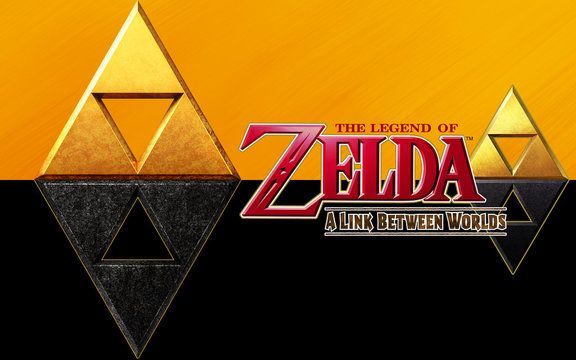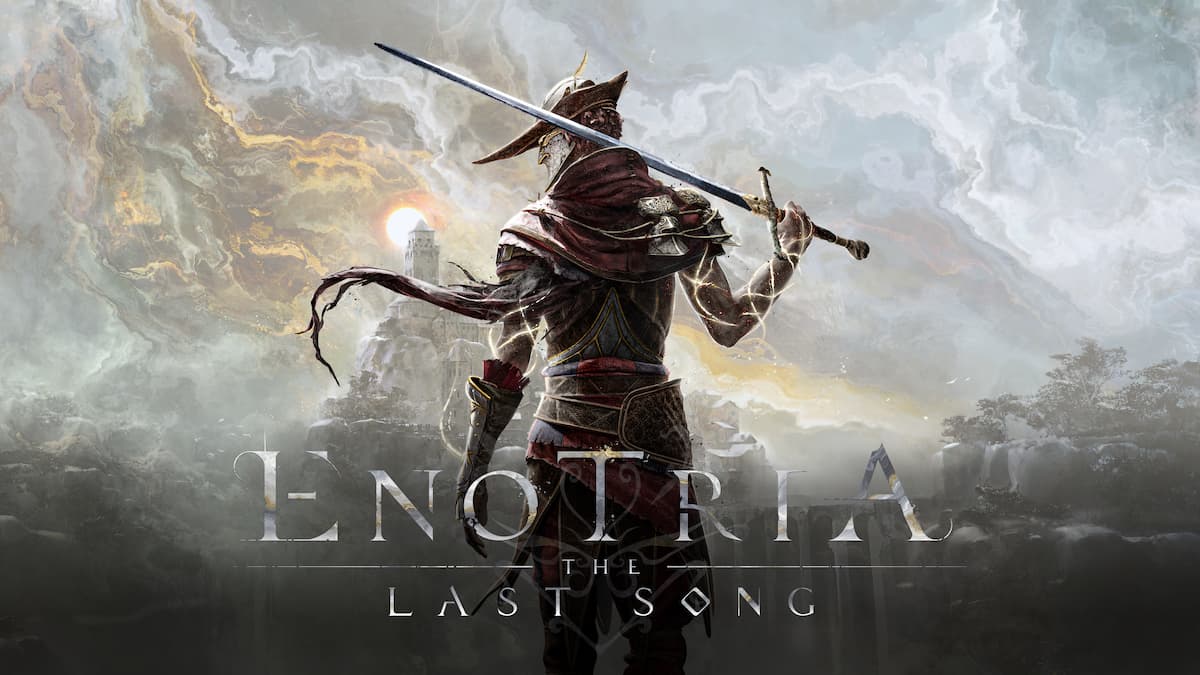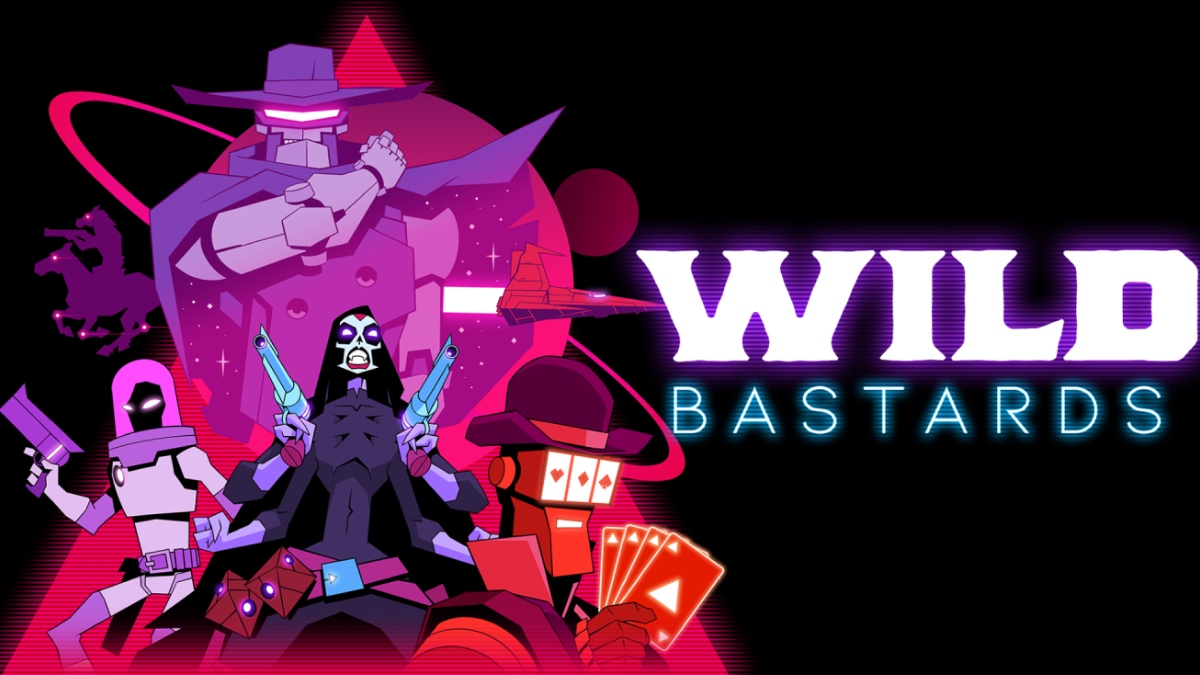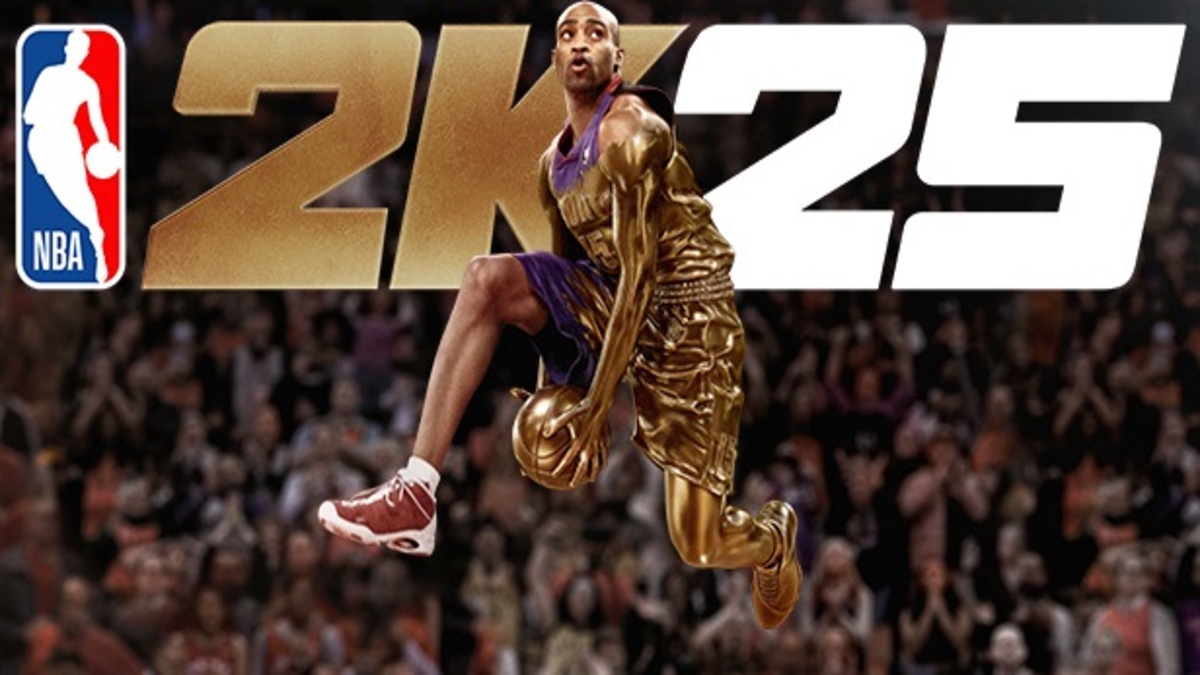This is Week 16 of the Legend of Zelda Rewind Review, and with it we hit the last title in the Legend of Zelda series thus far (aside from my Tri Force Heroes review, which can be found here). I have to say, when it comes to a finale for a Rewind Review series on The Legend of Zelda, I couldn’t have picked a better game to end on if I tried.
Calling back to the fan-favorite A Link to the Past, A Link Between Worlds is the sequel to the SNES classic which is available on the Nintendo 3DS. When I wrote my Rewind Review for A Link to the Past I was skeptical of the game’s fans, believing that this would be a similar case to Super Metroid, where dated gameplay was held up by insurmountable nostalgia. Thankfully, this was not the case.
Now that A Link Between Worlds is up on the Rewind Review chopping block, it’s time to see if the game measures up to the SNES classic, or is helped up by nostalgia. The Legend of Zelda: A Link Between Worlds will undergo a review process through the eyes of a modern critic. No nostalgia glasses, no excuses, no rationalizing hardware limitations, and no sparing myself from angry fans and readers. Nothing will excuse this game from anything that we – as modern gamers – would expect to see in the genre today.
Now it’s time for Link to come to Lorule to save the Princess Hilda in The Legend of Zelda: A Link Between Worlds on the Nintendo 3DS!
The Plot
Since A Link Between Worlds is still a relatively new game – and there are certainly still people who are looking forward to playing the game – I will keep the plot details as spoiler free as possible.

A Link Between Worlds starts eerily similar to A Link to the Past. Even before the game starts we are greeted with a familiar tune with the Triforce and (Loforce?) coming together to form the title screen. In A Link to the Past, the game begins with a nightmare/dream scene where Link is informed that he must rescue Zelda. In A Link Between Worlds, he instead sees the image of Ganon before hearing Zelda scream, but the parallel is certainly there.
The rest of A Link Between World‘s story completely derails from any similarities after this point. The story truly begins when Link sets out to return a Hylian Knight’s sword to him at the Sanctuary. However, a series of unfortunate events leads to a sage being turned into a painting, Link being defeated at the hands of the culprit, and a strange man named Ravio saving our defeated hero. Ravio then suggests that Link report the happenings to Princess Zelda, and from here the game feels very much like A Link to the Past in that we have few story elements in between dungeons.

Who exactly is this guy? Why is he turning the sages into portraits? Is he just working for someone else like Aghanim in A Link to the Past? Pick up a copy of the game to find out! No spoilers here!
The game’s story is actually quite interesting once we arrive in Lorule (this game’s equivalent to the Dark World) and as we learn more about why the story is playing out the way it is. While some of the philosophical elements that the game presents are on the 7th grade level, it is something a little more deep than the traditional Legend of Zelda formula. Considering that the top-down Legend of Zelda titles have never been about deep storylines, this is certainly an improvement from similar games in the series.
The Gameplay
The Divine:
Very few games have received a “The Divine” section before, and for good reason. However, A Link Between Worlds deserves this for not only maintaining the status quo that earned A Link to the Past a 9/10 in its own Rewind Review, but also going beyond a pure nostalgia trip and bringing out the maximum potential of the formula.
Everything in A Link Between Worlds feels like it did in A Link to the Past. Fighting is the same, shared items feel the same, and just about everything that A Link to the Past did right is mirrored in this game. In fact, nostalgia buffs will be interested to know that the overworld map more-or-less shares its layout with the previous game, with tweaks to make it feel like a true sequel. That said, there are a number of improvements that this 3DS title has made.
The first improvement is that we no longer have the Magic Meter that was introduced in Zelda II. Considering that the Magic Meter has been a staple in the Zelda games for any title requiring magical items, I never thought they would remove it. However, A Link Between Worlds shows how a simple change can greatly improve the game. The purple Magic Meter mixes the difficulty enhancing feature of a limit on “ammunition”, but at the same time provides players with a method of recharging it without having to waste time running around for Magic Bottles or other such recharging items. As a result, the game doesn’t feel as though there is what I like to call “artificial difficulty”, or make the player feel like the game is dragging out for trivial reasons.

The Magic Meter is also depleted while Link is attached to walls. This allows for a bit more strategy when solving puzzles or fighting bosses, as players cannot stay in the wall to stay safe or spam weapons during fights. This need for strategy is highlighted if players waste the entire meter, since an empty meter will not replenish nearly as fast as it would if there were still some energy remaining.
Speaking of which, the ability to connect to walls is a revolutionary feature for the series. By attaching to walls, Link can virtually access any area in the map (provided it isn’t blocked off by an obstacle). This really helps to open up the possibilities for puzzles since areas that would be otherwise impossible to reach – and not thought of at that – can be used for new puzzles.

From a balcony, to the next area. This is just one of the possibilities that Nintendo has considered while attached to walls in A Link Between Worlds
Another feature I enjoy about A Link Between Worlds is the Hero Mode option. Presented after beating the game for the first time, Hero Mode allows hardcore Legend of Zelda fans to attempt to get through the game with enhanced difficulty. While the stages themselves aren’t changed (this isn’t Master Quest after all) the player will take four times the damage that they would in a regular playthrough. This can be excruciatingly brutal in earlier portions of the game, as you can be killed fairly easily (in one hit by the first boss).
Anyone who has played Ocarina of Time 3D or Majora’s Mask 3D will be happy to know that this game also features a similar lower screen layout. In this menu we have immediate access to a number of things. First there’s the map, which is dead-center of the screen. On the right are your rupees and your equipped items. on the left is a zoom-in option for the map, as well as your side quest marker, and your pins to mark points of interest. Lastly, at the bottom you have access to your quest items (gear) and your usable items (items). The last button – the bell – is a feature that allows you to summon a broomstick that will transport you around the map to any weather vane you have activated during your journey.

The last feature that I really adore is by far the greatest addition to the series since Skyward Sword‘s crafting system: Ravio’s rental items.
Unlike previous Legend of Zelda titles where you find a weapon in the dungeon, Ravio will rent you various items for your quest. By renting items, the player can enter the current string of dungeons in any order they choose, allowing for adventurous gameplay reminiscent of the original Legend of Zelda on the NES – minus the hassle of finding your dungeon order.
Ravio will loan you items for a price, but if you lose all your hearts his adorable little bird will take your items away. You can also buy his items; however, that is a much more expensive option only available later on.
All of these features combined make A Link Between Worlds an unforgettable adventure for fans and newcomers to The Legend of Zelda.
The Bad:
There is but one minor complaint I have about this game. While it may seem like a nitpick, I would say that the lack of direction can be somewhat annoying at times.
While going out exploring can be fun, it becomes somewhat tedious when you literally have no idea what you are supposed to do. A prime example of this is [POTENTIAL SPOILER ALERT] when you need to find the Zora Flippers. This item is nestled in an area to the northeast that can only be found by attaching yourself to a wall. Unfortunately, this is not something that many people would find without consulting a guide or exploring every nook and cranny in the game. [END OF SPOILERS]
If you have no problem with this kind of gameplay, then you will love this game. Otherwise, you may find yourself frustrated without the aid of a third party.
The Presentation

A Link Between Worlds is a beautiful game that truly shows how far the top-down Legend of Zelda titles have come since their days on the Famicom or Nintendo Entertainment System. Fans of A Link to the Past will enjoy the art style, as it is fairly reminiscent of the SNES classic, while blending in some cartoonish elements that make the game feel more alive. As a result, the game is both fresh and recognizable — a true love letter to fans.
The music, on the other hand, tends to be reused from A Link to the Past. Few songs are original, but they have all been reorganized to take full advantage of the 3DS’s hardware. The result is a blend of beautiful music mixed in with nostalgia that can honestly bring a tear to even my own cynical eyes. I would prefer that it had more original numbers, but as it stands the music isn’t so dated that it hurts the game. After all, if reusing music was a flaw. then almost every Legend of Zelda title would be guilty of it.
Here’s the soundtrack for your listening pleasure:
The Verdict
In my career so far, I have only given two 10/10 scores. The first was Metroid: Other M where I praised the gameplay and the fact that it gave some character definition to a heroine that’d had little to no definitive personality traits since her creation. The second was The Legend of Zelda: Majora’s Mask for its immersive environment, beautiful story, and tight gameplay.
Today, I mark the third 10/10 score I have ever given out of all 28 reviews I have written. The reason is simple: A Link Between Worlds is the definitive top-down Legend of Zelda adventure. The puzzles are intriguing, the exploration is top notch, and the plot is interesting. It will certainly be interesting to see where Nintendo takes this series in the future, and I imagine that this title will replace A Link to the Past as the standard for top-down Legend of Zelda games.
I highly recommend this title to anyone looking to pick up a top-down Legend of Zelda game. I must warn you, however, that you might wind up having a hard time appreciating older titles afterward.
With that we mark the end of the Legend of Zelda Rewind Review! Thank you to everyone who has been following this series, and I hope to see some comments on whether or not you believe that this game truly bests the classics. I will also be pushing out a special RR-sama Talks article discussing my theory on why there is no unanimous favorite among fans.
Also, be sure to look out for future Rewind Reviews, as well as follow me on Twitter where you can suggest future titles for me to look at. I may even consider doing an entire series – provided that I can get my hands on the game, and that there is enough demand.
Reviews in this Series:
- The Legend of Zelda (NES)
- The Adventure of Link (NES)
- A Link to the Past (SNES/GBA)
- Link’s Awakening/Link’s Awakening DX (GB/GBC)
- Ocarina of Time/OoT 3DS (N64/3DS)
- Majora’s Mask/MM 3DS (N64/3DS)
- Oracle of Ages/Oracle of Seasons (GBC)
- Four Swords (GBA)
- The Wind Waker (GC)
- Four Swords Adventures (GC)
- The Minish Cap (GBA)
- Twilight Princess (GC/Wii)
- Phantom Hourglass (DS)
- Spirit Tracks (DS)
- Skyward Sword (Wii)
- A Link Between Worlds (3DS)
- Tri Force Heroes (3DS)













Published: Nov 30, 2015 12:50 pm